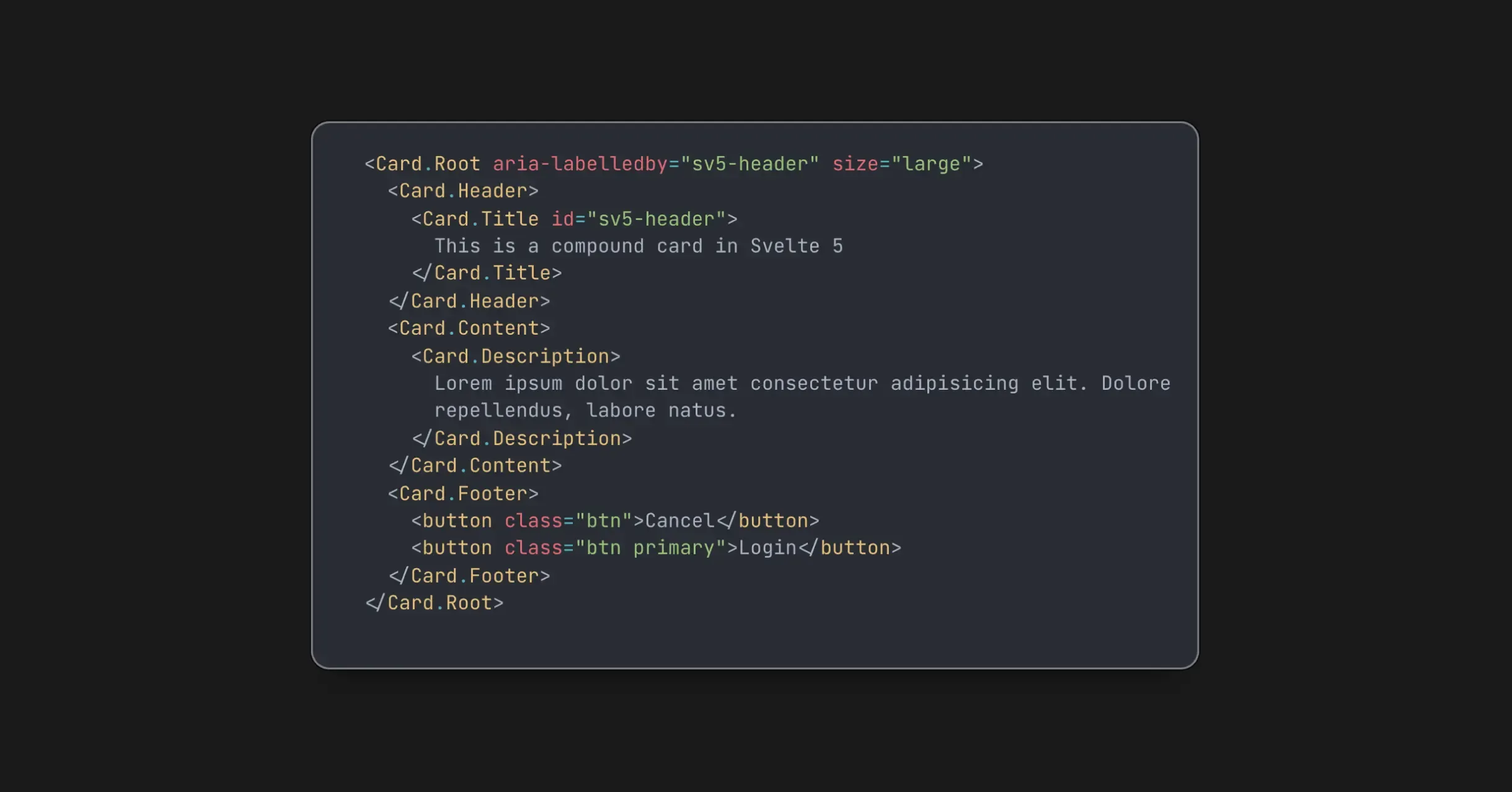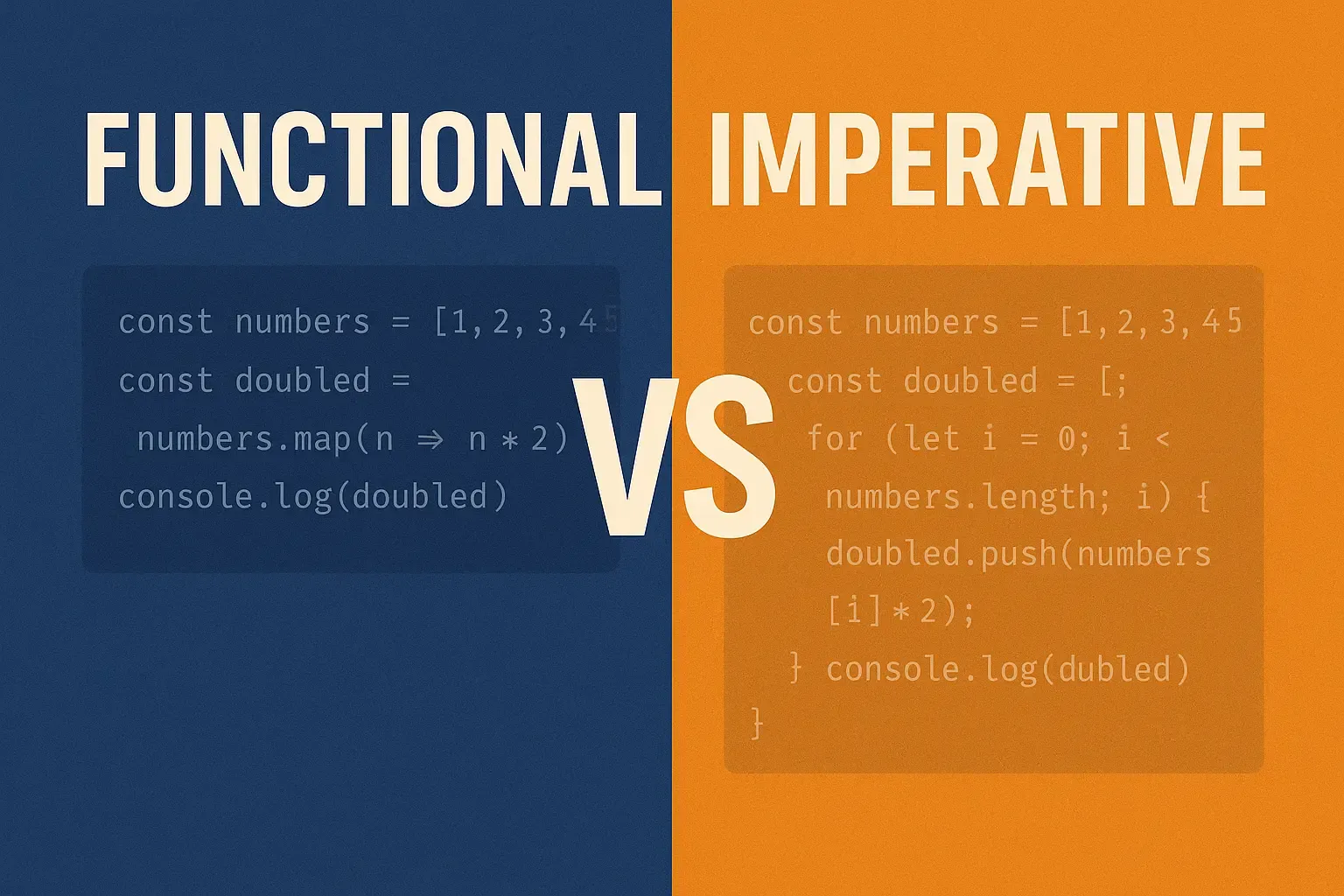CSS Typed Arithmetic: An Introduction to Some Math-Powered CSS
Learn how CSS typed arithmetic lets you divide typed values, create unitless numbers, convert between units, and build advanced responsive layouts without JavaScript or media queries. This in-depth guide explains rules, examples, and real use cases for modern computational CSS.
Manuel Sanchez

I attended in November 2025 a cool meetup where Alex Claes talked about this nice feature called CSS Typed Arithmetic. His fascination about the feature got me curious, so I decided to dig deeper and write this blog post.
When we talk about CSS typed arithmetic, we refer to a powerful addition to CSS that allows developers to perform mathematical operations on typed values directly within CSS. This means you can now add, subtract, multiply, and divide values with specific units (like px, em, deg, etc.) while respecting their types. This opens up new possibilities for creating responsive designs, dynamic layouts, and complex calculations without relying on JavaScript or hacks.
Let’s checkout a summary table of how typed arithmetic works in CSS.
| Operation | Rules | Example (Valid) | Example (Invalid) |
|---|---|---|---|
| Addition | All values must share the same data type | calc(50vw + 2rem) | calc(200px + 100ms) |
| Subtraction | Same rule: all values must share the same data type | calc(40deg - 1turn) | calc(50% - 90deg) |
| Multiplication | Only one value can have a unit; anything else must be a
| calc(200px * 4) | calc(200px * 4px) |
| Division | Dividing a typed value by a | calc(360deg / 4)
| calc(1000 / 2px) |
Alex’s presentation focused on how typed division, like in calc(70px / 10px), is the game-changer here, since it finally lets CSS “cancel units out”, which opens the door for truly dynamic, math-driven design. We will be able to get the result of a calculation as a unitless number, which can then be used in other calculations or properties that expect a number. Let’s see how!
Practical Examples of CSS Typed Arithmetic
Let me show you some of the examples Alex brought up, plus a few more I found interesting. To test all of them properly, I recommend using a tablet or desktop browser and any Chromium-based browser or even Safari. Only Firefox has not supported typed arithmetic yet.
Change Background Color Based on Element Size
We can use typed arithmetic to create a background color that changes based on the size of an element. By measuring a <length> value, calculating a unitless <number> factor, and then using that to compute an <angle> for hue, we can create a dynamic color effect.
.resize-changes-bg {
/* measure a <length> value */
--length: clamp(300px, 100cqw, 700px);
/* calculate a unitless <number> value
between 0 and 1 */
--factor: calc((var(--length) - 300px) / 400px);
/* calculate an <angle> value used for <hue> */
--hue: calc(360deg * var(--factor));
/* compose a <color> value */
background-color: hsl(var(--hue) 100% 50%);
}
Resize me to change the bg
Change the rotation of an element based on its width
Similarly, we can change the rotation of an element based on its width using typed arithmetic. By measuring a <length>, calculating a unitless <number>, and then deriving an <angle>, we can rotate the element dynamically.
.resize-changes-rotation {
--length: clamp(300px, 100cqw, 700px);
--factor: calc((var(--length) - 300px) / 400px);
--angle: calc(360deg * var(--factor));
rotate: var(--angle);
}
Resize me to change the rotation
This could also apply easily to opacity orto other transform properties like scale or skew. And we can combine multiple effects too! But what if we use this unitless number to change something related to time?
Change the animation duration of an element based on its width
To make this one work, make sure you do not have prefers-reduced-motion enabled in your OS settings, or any other way to disable animations.
.resize-changes-anim-duration {
--length: clamp(300px, 100cqw, 700px);
--factor: calc((var(--length) - 300px) / 400px);
--time: calc(500ms + var(--factor) * 2000ms);
animation-duration: var(--time);
}
Resize me to adjust the animation speed
Resizing is cool, but we have some other examples that depend on other factors, like for example angle.
Changing the color based on the angle of rotation
We can also change the color of an element based on its angle of rotation. By measuring an <angle>, calculating a unitless <number>, and then deriving a <length>, we can create a dynamic color effect.
/* define an <angle> value */
@property --angle {
syntax: '<angle>';
inherits: false;
initial-value: 360deg;
}
/* change the <angle> value with an animation */
@keyframes rotate {
0% {
--angle: 360deg;
}
100% {
--angle: 0deg;
}
}
.angle-changes-bg {
--factor: calc(1 - (var(--angle) / 360deg));
--blue: calc(255 * var(--factor));
background-color: rgb(0, 0, var(--blue));
}
From blue to black based on angle
Note: The above example uses the @property
rule to define a custom property —angle with an angle data
type. This allows us to animate the angle value smoothly. Do not forget to
add also the inherits property. It will work with both true and
false, but we need to set it.
After the presentation, we discussed that these techniques will become even more powerful when calc-size, or functions make it to baseline CSS. However, I wondered if we could already use this to do something cool with typography.
Changing the font-weight and letter-spacing based on element width
These are particularly useful for responsive typography, where we want to adjust the font weight and letter spacing based on the size of the element.
.resize-changes-font {
/* 1. Measure a <length> */
--length: clamp(300px, 100cqw, 700px);
/* 2. Convert to a 0–1 factor */
--factor: calc((var(--length) - 300px) / 400px);
/* 3. Map to a font-weight range 300 → 900 */
--font-weight: calc(300 + (var(--factor) * 600));
/* 4. Map to letter-spacing from -0.5px → 4px */
--letter-spacing: calc(-0.5px + (var(--factor) * 4.5px));
/* 5. Apply them */
font-weight: var(--font-weight);
letter-spacing: var(--letter-spacing);
}
The Last Of Us
Conclusion
CSS typed arithmetic is a powerful feature that allows developers to perform mathematical operations on typed values directly within CSS. I think this opens up new possibilities, above all for creative people that go beyond traditional layouts and want to experiment with dynamic, math-driven designs. If I get time, I would love to explore more use cases and share them in future blog posts.
FAQ about CSS Typed Arithmetic
CSS typed arithmetic is a modern feature that allows dividing values of the same CSS data type (like
Share article


